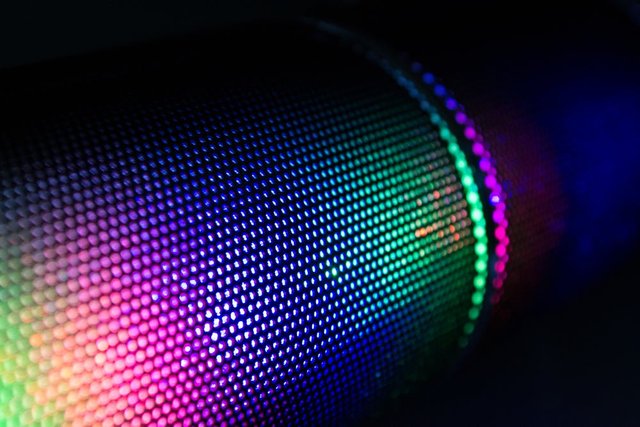A shot in the arm for spintronics
A spin injection technique that is more than 10,000 times more efficient than existing methods could allow for the development of ultrafast spintronic computers.
A simple and efficient method for transferring the currents produced by spinning electrons from metals to semiconductors has been developed by A*STAR researchers, laying the groundwork for faster and more energy efficient spintronic computers.
Although advances in electronics have led to increasingly powerful computers, the electrical resistance of silicon limits the rate — known as the clock speed — at which computers can process information to just a few gigahertz or several operations per nanosecond.
Using the spin of electrons instead of their charge to convey information could overcome this limitation. Additionally, these so-called spin-currents consume less energy than electric currents, making spintronic computers more energy efficient than conventional electronic computers.
Transferring spin-currents from one material to another, however, has proved very challenging as the currents can become scrambled during transportation, destroying the information they carry.
Now, Justin Song from A*STAR’s Institute of High Performance Computing and colleagues from the Institute of Materials Research and Engineering, in collaboration with an international team of researchers, have developed a simple technique that significantly improves the efficiency at which spin-currents are injected from a magnetized metal into a semiconductor.
“While methods exist for spin injection from metals into semiconductors, a key issue is that they typically operate close to equilibrium,” explains Song. “As a result, when a simple ferromagnet/semiconductor interface is used, the spin injection efficiency is low.”
By heating a ferromagnet, made from cobalt, with pulses of light from a laser, the researchers were able to create spin-polarized electrons with a range of different energy levels in the cobalt, a state referred to as ‘out-of-equilibrium’, and in which their spins mostly point in the same direction.
This out-of-equilibrium state generates spin-current pulses that last less than one trillionth of a second – enough time for them to diffuse from the cobalt into a semiconductor made from single-atom layers of molybdenum disulfide, which then converts the spin-current into an electric current.
"Possibly the most striking aspect is that all this was demonstrated using a simple metal-semiconductor interface, without the complicated and costly structural engineering used in other spintronics," says Song.
The work establishes a new and simple technique for spin injection that is more than 10,000 times more efficient than what’s available now, and represents a significant step towards the development of ultrafast spintronic computers that use spin-currents as carriers of information, with clock speeds more than a thousand times faster than those in existing conventional computers.
“We are now investigating how pushing systems into an out-of-equilibrium state can lead to effects not possible at equilibrium,” says Song.
This article was first published by Springer Nature. Read the original article at https://research.a-star.edu.sg/research/8049/a-shot-in-the-arm-for-spintronics.
To read more of my writings check out my website at https://gluons2galaxies.com.

Source
Plagiarism is the copying & pasting of others work without giving credit to the original author or artist. Plagiarized posts are considered spam.
Spam is discouraged by the community, and may result in action from the cheetah bot.
More information and tips on sharing content.
If you believe this comment is in error, please contact us in #disputes on Discord
Hi! I am a robot. I just upvoted you! I found similar content that readers might be interested in:
https://www.nanowerk.com/nanotechnology-news2/newsid=52706.php